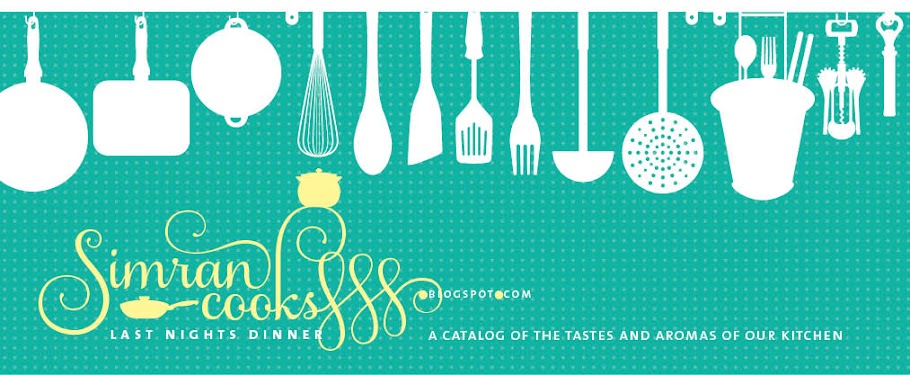My seven year old comes home with new food requests every day— a dish or a cuisine. Lately, the request has been Moroccan— such as Orange and Carrot Salad, Moroccan grilled shrimp, and Ras-al-Hanout spiced grilled fish.
This Chicken Tagine was delicious, and a great way to serve the whole family with one pot.
Now, normally I would love to run out, and buy a gorgeous Tagine, especially that beautiful shiny Le Creuset one that always catches my eye as I walk through Sur La Table… but decided to give it a go in my dutch oven, which was a great substitute.
This Chicken Tagine was delicious, and a great way to serve the whole family with one pot.
Now, normally I would love to run out, and buy a gorgeous Tagine, especially that beautiful shiny Le Creuset one that always catches my eye as I walk through Sur La Table… but decided to give it a go in my dutch oven, which was a great substitute.
Serves 4
30 minutes active time
1 hour inactive
Ingredients
6–8 chicken drumsticks, bone-on, skin-off
Marinade
Fresh parsley and fresh cilantro, about 1 cup, chopped fine
2 cloves garlic, grated
1 large preserved lemon, (use the flesh for the marinade, set aside the skins)
2 teaspoons paprika
2 teaspoons ginger powder
1 teaspoons cumin powder
1/2 teaspoon turmeric powder
1 tablespoon Ras-al-Hanout
Saffron, generous pinch, soaked in 1 tablespoon hot water
3 tablespoons olive oil
Salt and pepper, to taste
1 tablespoon olive oil
1 onion, grated
Half red pepper, julienned
Cinnamon stick
Lemon juice, to taste
8oz chickpeas
8oz artichokes or pitted olives
1/2 cup pistachios
Store-bough Harissa
Method
- Mix the marinade ingredients in a large bowl. Add the chicken and let it marinade for at least an hour.
- In a large heavy bottomed pot, heat a tablespoon of olive oil. Add the chicken and let it brown.
- Once browned, set the chicken to the side of the tagine and let the onions lightly brown in the chicken fat, along with the julienned red peppers.
- Add the remaining ingredients— cinnamon stick, lemon juice, chickpeas, and artichokes or olives. Let it come to a boil, then cover and let it simmer for a half hour. While it simmers, check your tagine.
- Once chicken is done, taste the sauce and season accordingly. Remember, the preserved lemons are salty.
- Serve over couscous or with crusty bread on the side, garnished with coarsely crushed pistachios and a dollop of Harissa.

















